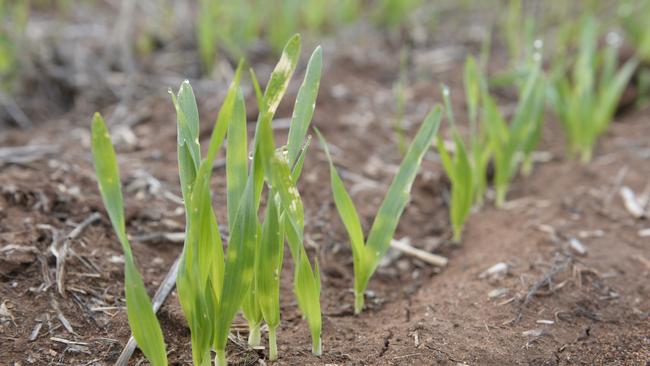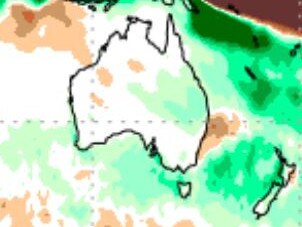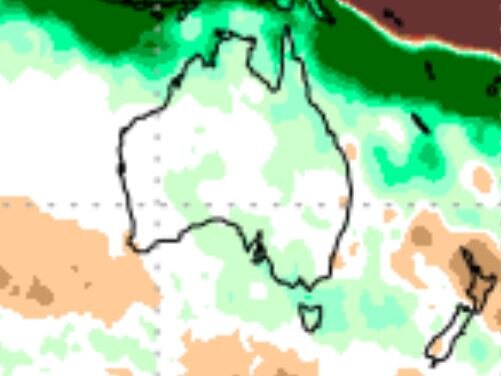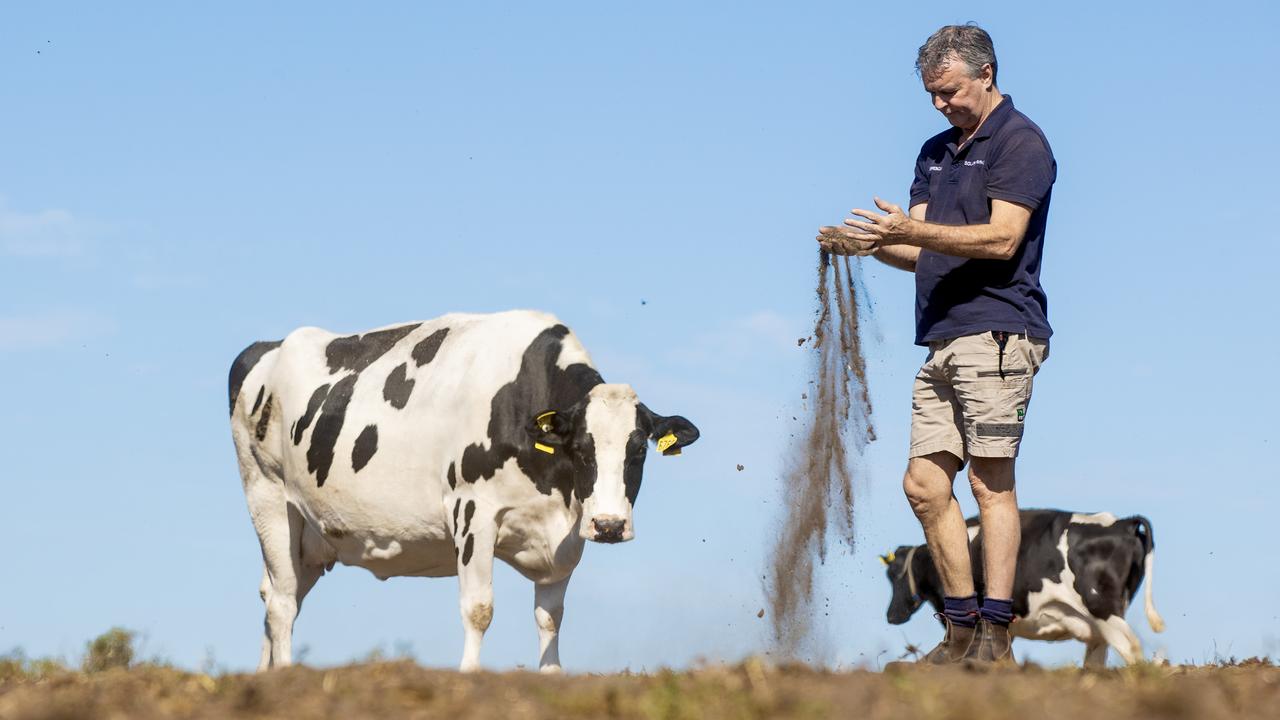Japan’s climate model: Forecast for Australia’s southeast revealed
La Nina’s influence is fading, just as Japan’s climate scientists roll out their upgraded climate model forecasts for winter and spring.

La Nina’s wet embrace of eastern Australia is set to ease over coming months, followed by close to average rainfall over winter across the nation’s southeast and a wetter-than-average spring.
That’s the forecasts from the Japan Agency for Marine-Earth Science and Technology’s latest Sintex F2 climate model run, which has been offline since February 2021.
The F2 forecast released late yesterday, shows close to average conditions across most of NSW and Victoria this autumn and winter, followed by “a negative Indian Ocean Dipole” that is likely to deliver “wetter-than-normal conditions” from September to November.


However just like the Bureau of Meteorology the JAMSTEC research team warns “there is a large uncertainty in the prediction” of a negative IOD at this time of year.
The BOM’s summary of global climate models shows its own and the UK’s MET model are predicting the IOD will hit negative territory by June, with four of the five international climate models predicting it will be over the -0.4 threshold by August, increasing the chance of above average rainfall.
As far as temperatures go JAMSTEC’s model predicts slightly warmer than average winter conditions, followed by a cooler spring across most of Australia, except the far north.




